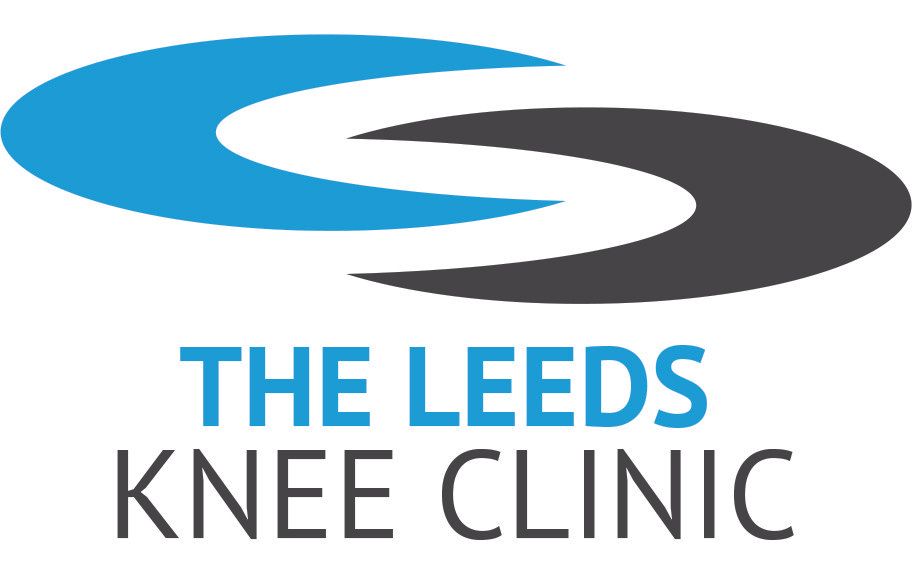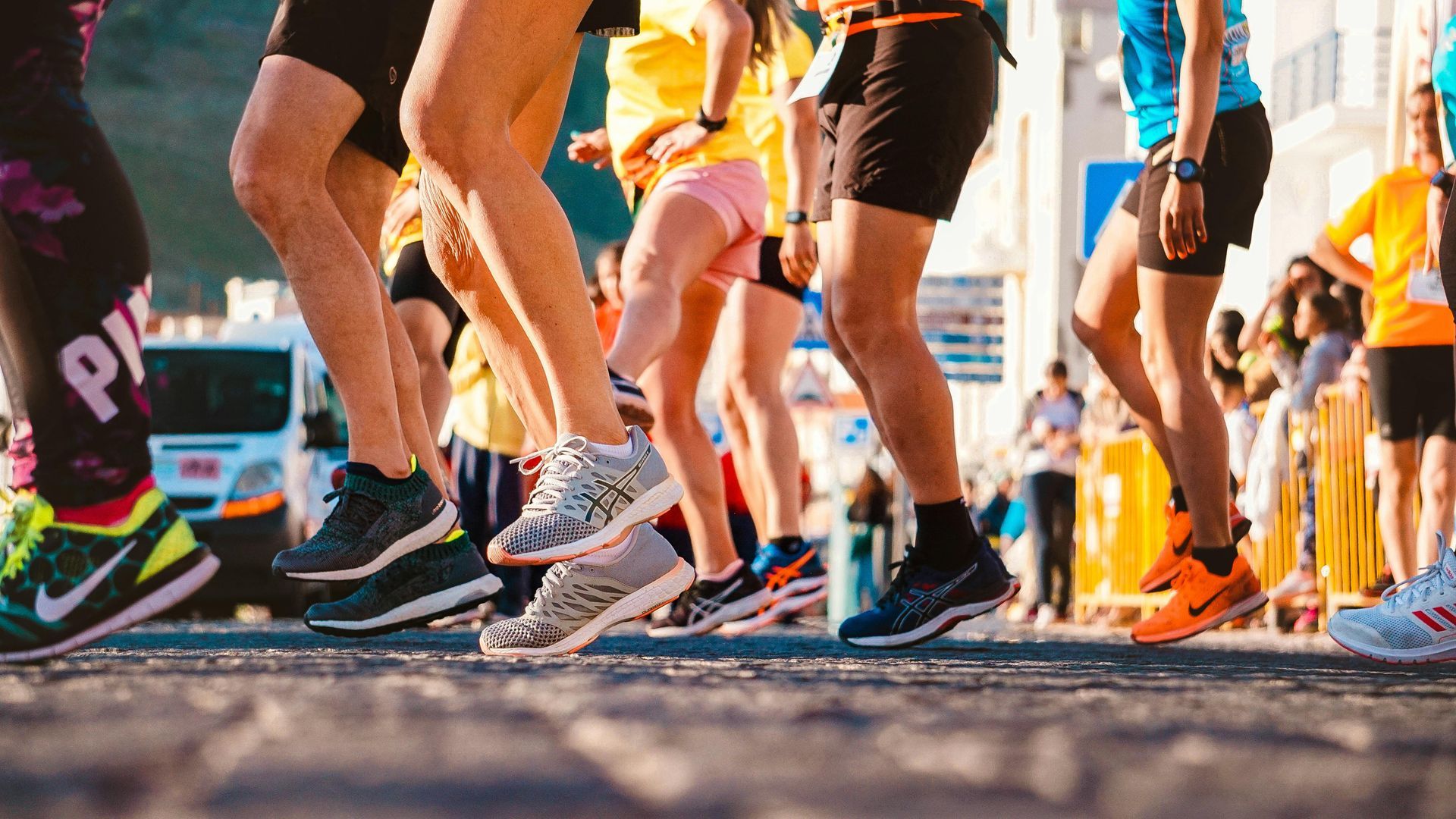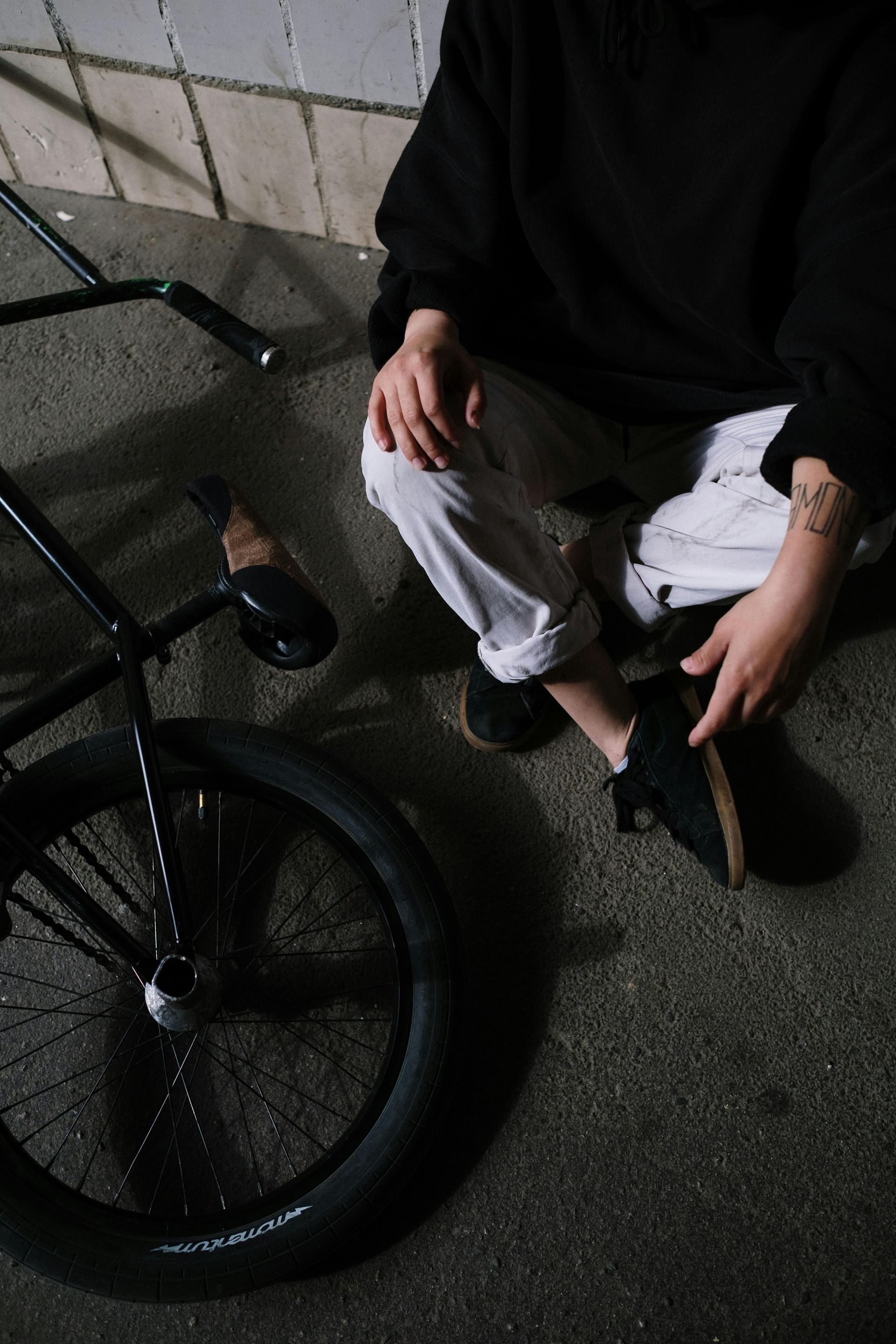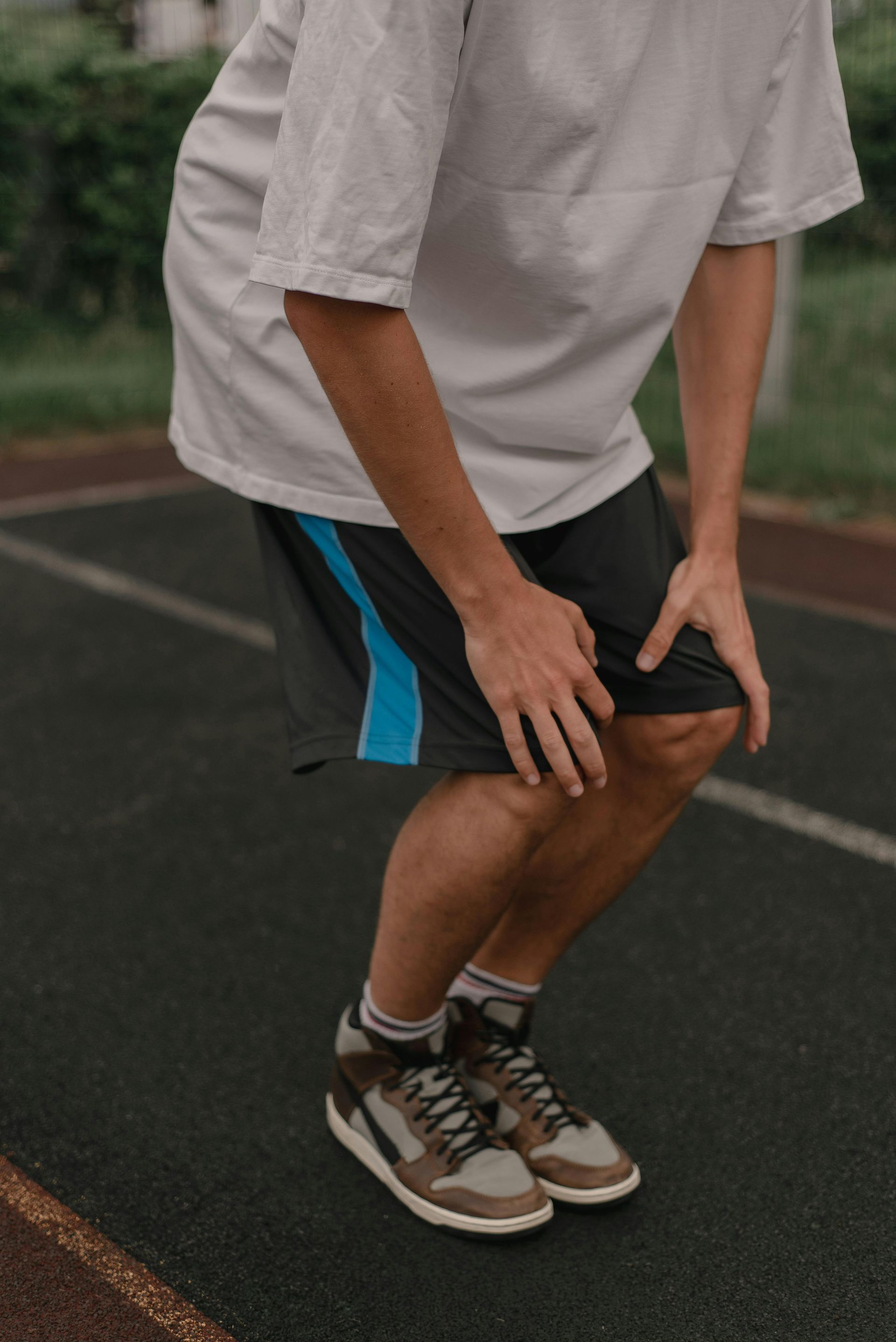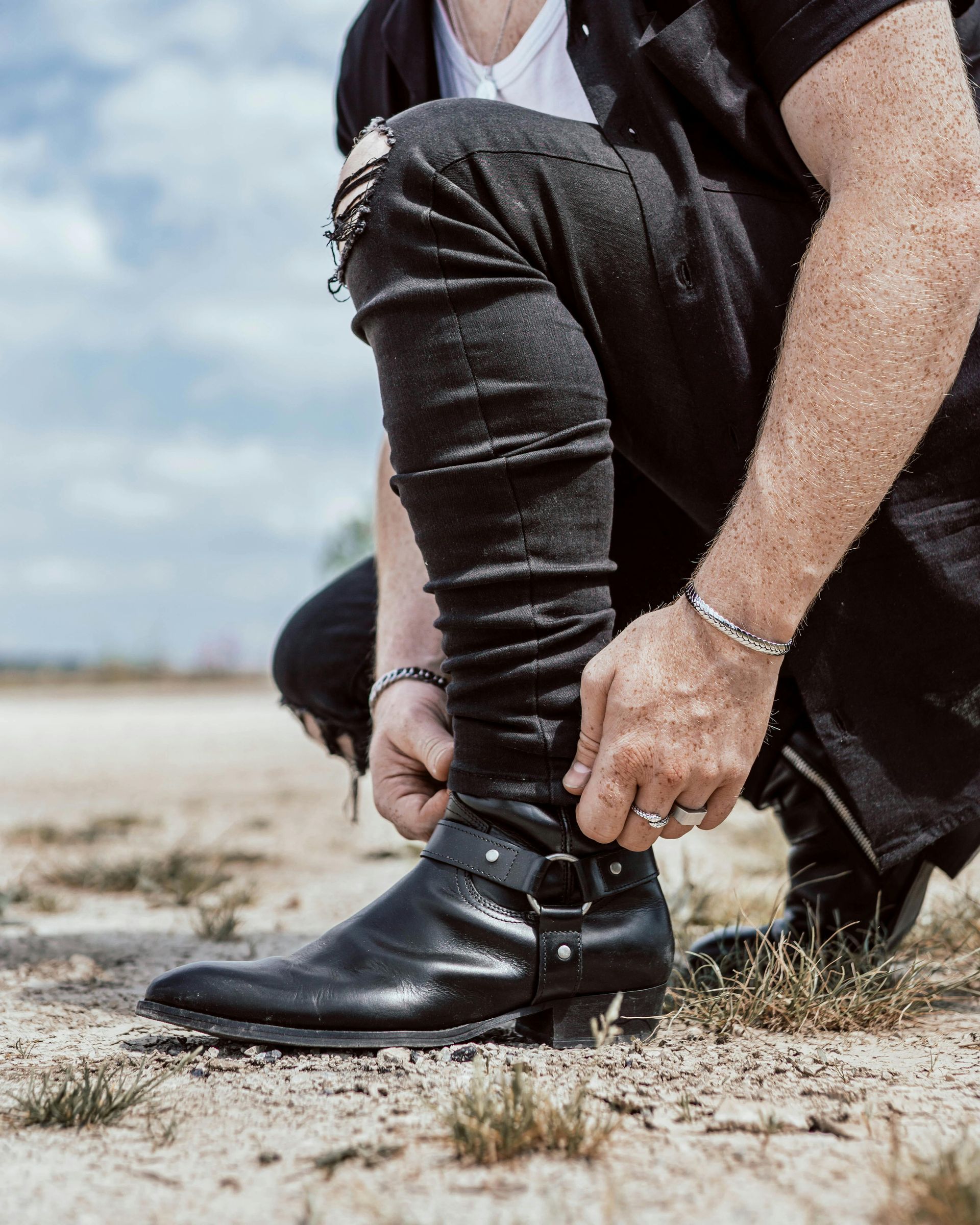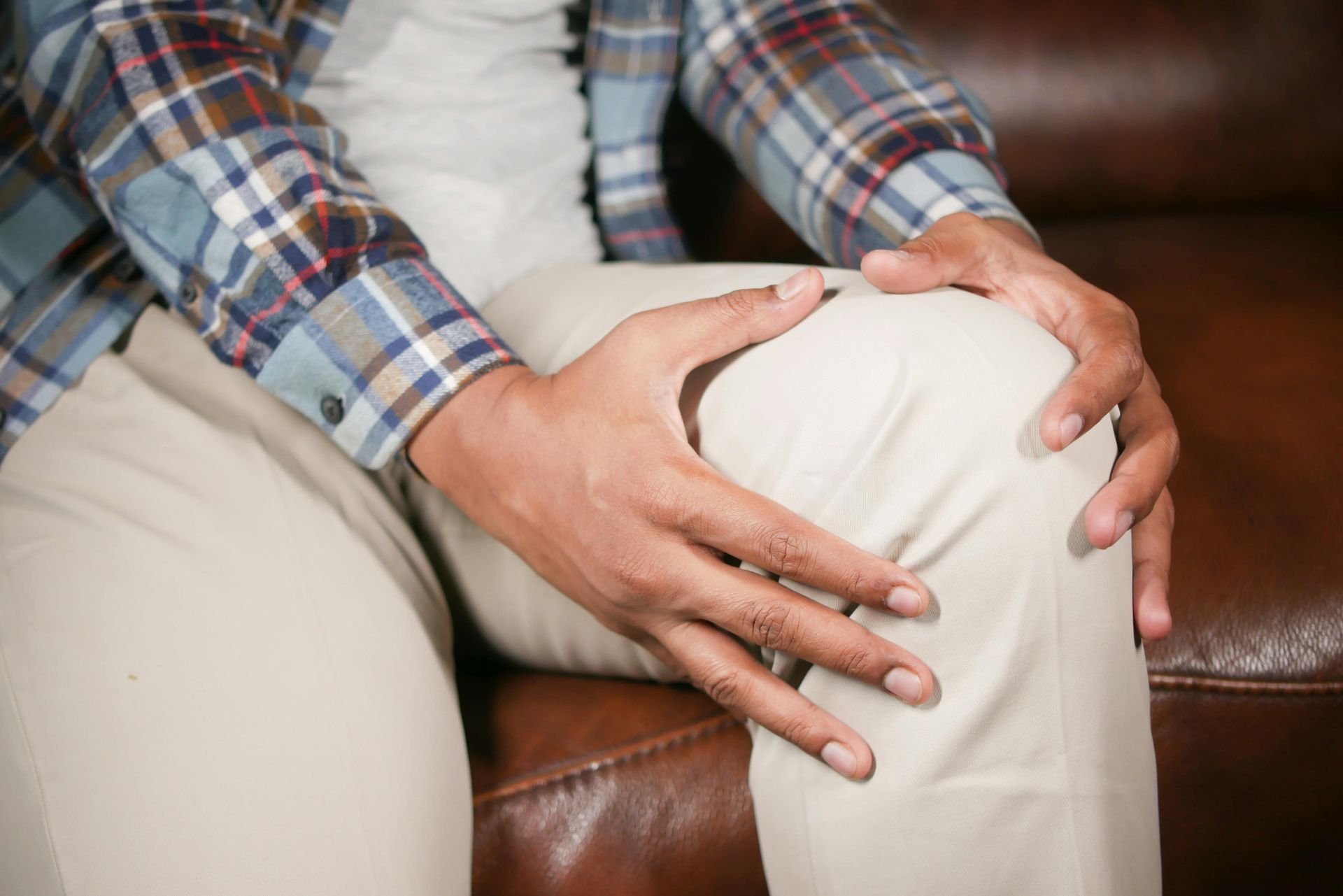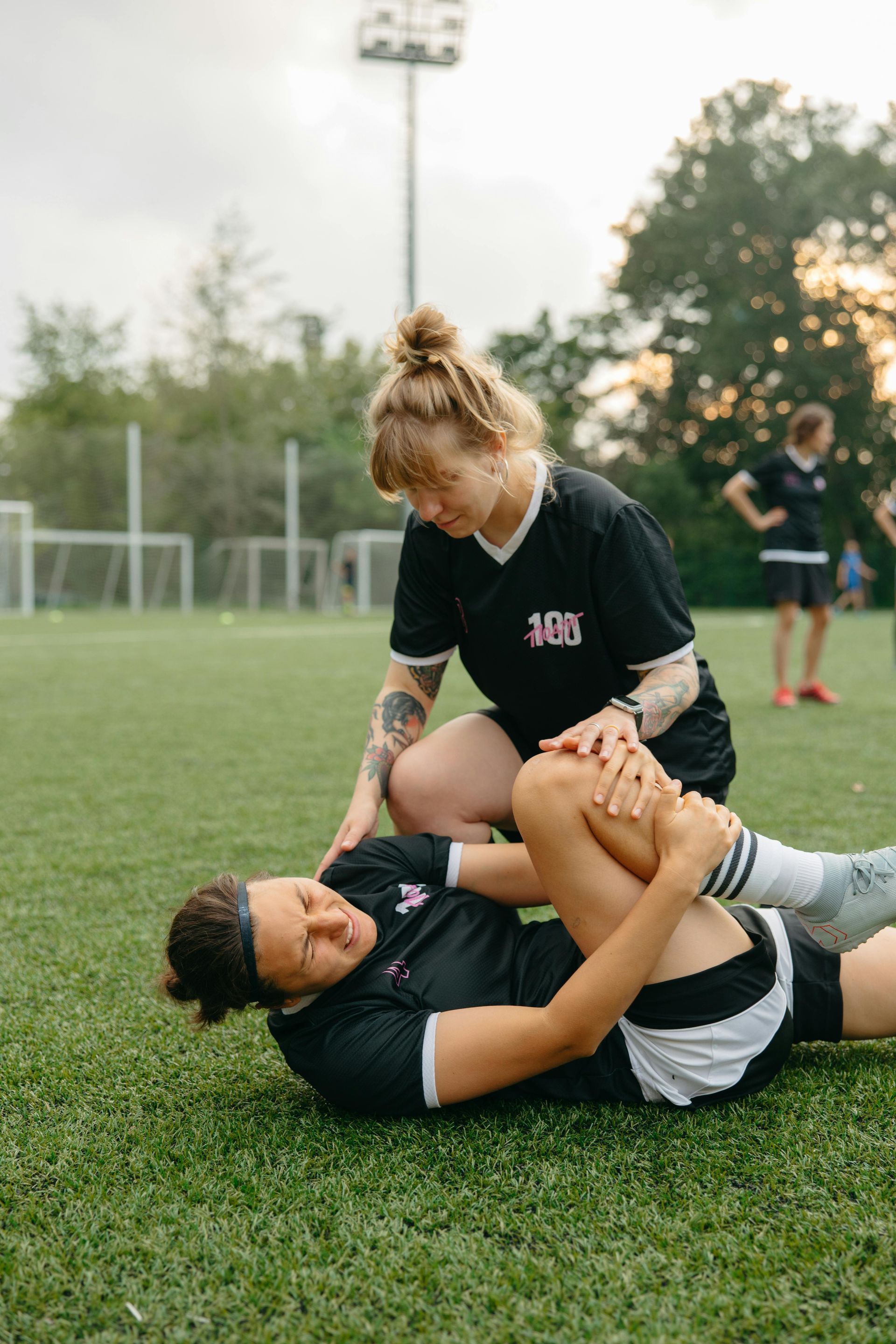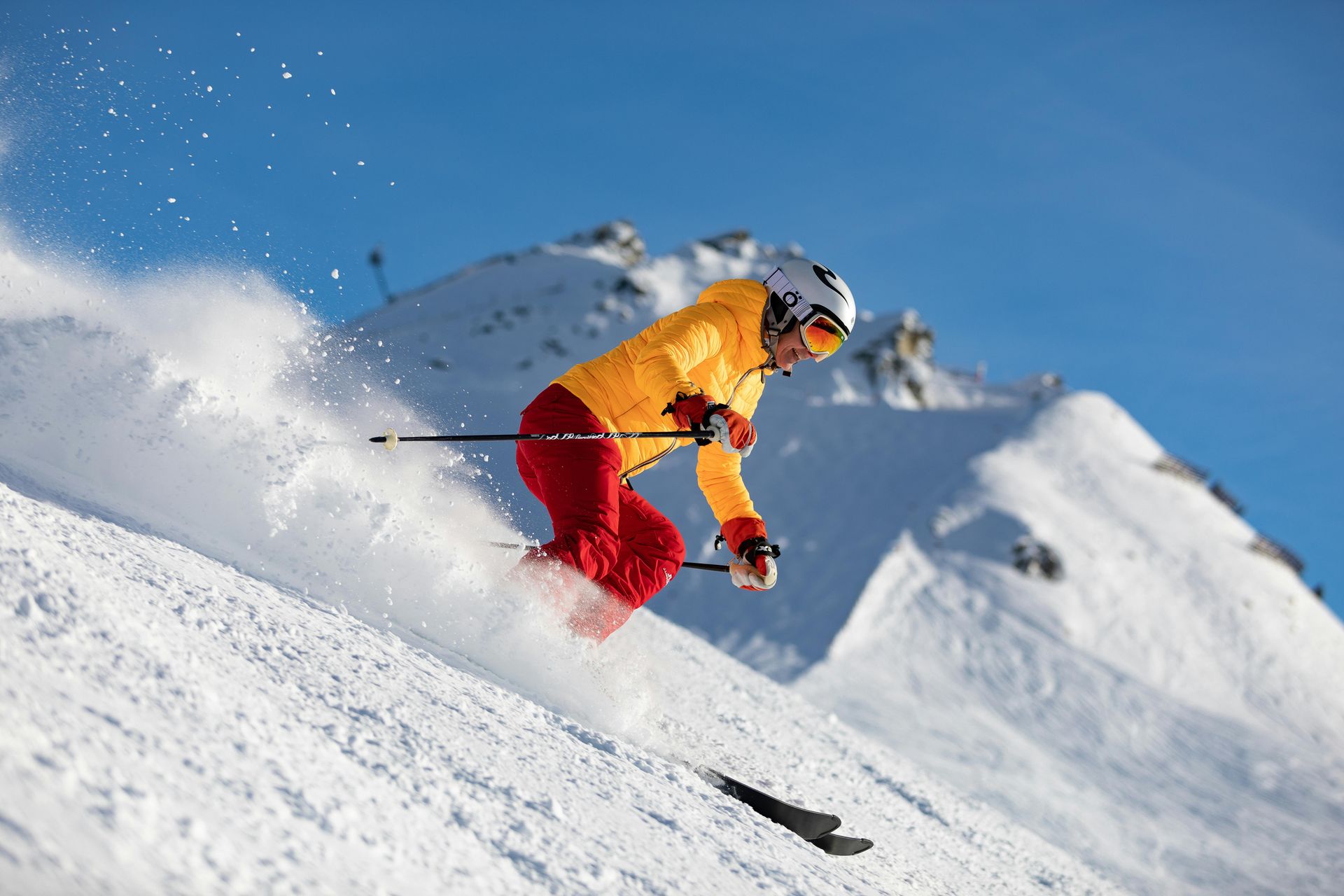Common Knee Injuries in Skiing and How To Reduce The Risk
When it comes to the slopes, risk is part of the fun. The speed and joy of skiing carries with it a fair chance of getting injured, even for the very best. Still, millions of people will be heading out into the mountains to ensure a bit of rest, relaxation and skiing. Skiing can be a lot of fun but as one of the most dangerous popular sports in the world, it’s also one that carries a certain level of danger.
In particular, knee injuries are among the most common in skiing with it being so reliant on the knees. Twists, tears or even just a bit of pain are all pretty common on ski courses and in terms of winter sports, it is one that commonly produces the most injuries, with knee injuries accounting for around 25% of all skiing injuries.
Common Knee Injuries in Skiing
Medial Collateral Ligament (MCL) Injury
The MCL is a ligament on the inner side of the knee that stabilises the joint against forces that push the knee inward. MCL injuries in skiing often occur during falls, especially when the ski twists or slides outward, placing stress on the inner knee. These injuries can range from mild sprains to complete tears.
Anterior Cruciate Ligament (ACL) Tear
The ACL is a crucial ligament that prevents excessive forward motion and rotation of the tibia (shinbone) relative to the femur (thighbone). ACL tears commonly occur in skiing when the skier loses balance and twists awkwardly or lands heavily after a jump. This injury is often severe and can require surgical intervention.
Meniscus Tear
The meniscus is cartilage that cushions the knee joint and provides stability. Tears often result from a combination of compression and twisting forces, such as during a sharp turn or when falling with a rotated knee. Meniscus injuries can be acute or develop over time due to wear and tear.
General Aches & Pains
Even if you manage to avoid a big hit on the slopes, it’s not uncommon to experience some level of knee pain, especially if you are not particularly active. If you do start to experience pain, it’s not necessarily cause for panic but you should definitely take note of it, it’s typically your body’s way of telling you you're at limit. Pushing through the pain or trying to overcorrect yourself can cause more damage so take a break and if you are just starting out, let your instructor know.
Risk Factors for Knee Injuries in Skiing
Skiing is a dangerous sport for a number of different factors but in all honesty, that danger is built into the nature of the sport. Even when taking all precautions, an injury can still end up happening from a rough fall, a slip or a build up over time. For instance, professional skiers struggle massively with injuries. That being said, there are still plenty of things that you can look out for that will help you prepare for potential risks on the ski slopes.
- Improper Technique: Incorrect body positioning and poor control increase stress on the knees and make the chance of a slip or fall more likely.
- Fatigue: Tired muscles can’t adequately support the knee joint, making injury more likely. Pain on longer descents is common and can act as a warning sign.
- Ill-fitting Equipment: Ski boots and bindings that don’t fit properly can exacerbate the risk of falls and improper movements.
- Overconfidence: Skiing on slopes beyond your skill level can lead to dangerous falls.
Reducing the Risk of Knee Injuries
1. Pre-Ski Conditioning
In order to reduce the chance of strains and tears, you’ll want to focus on building the quadriceps, hamstrings, and glutes to support knee stability. Make sure to include exercises like squats, lunges, and leg presses in your workout routines. This will also help you maintain control on your skis, making the overall experience more enjoyable. A strong core can also help with this, reducing stress on the knees. You should also consider activities like box jumps and lateral hops to improve explosive strength and agility, mimicking skiing movements.
2. Warm-Up and Stretch
It’s common sense and should always be done before activity but an effective warm up is especially important in such cold conditions. Not only does this help your muscles but it’ll also help you perform better and be less impacted by the cold. Always warm up with light cardio and dynamic stretches before hitting the slopes. Target the quads, hamstrings, calves, and hip flexors with movements like lunges with a twist and leg swings.
3. Practice Good Ski Technique
There are plenty of good guides out there and you should have most of the protocol drilled into you by an instructor or guide but for some essential tips :
- Stay Balanced: Keep your weight forward over your skis to maintain control.
- Avoid Over-Twisting: Turn using your whole body rather than just the legs to prevent undue stress on the knees.
- Pace Yourself: Take breaks to avoid fatigue, especially late in the day when muscles are tired.
- Choose Appropriate Slopes: Stay on runs that match your skill level to reduce the chance of falls. Most courses will let you know the required skill level of a particular descent and if you’re unsure, make sure to ask.
- Watch Weather and Snow Conditions: Icy slopes and heavy powder require different techniques and increase the risk of injury. If it’s too rough, they likely won’t open the course but if you’re relatively inexperienced, even small changes in conditions can catch you off guard.
- Fall Safely: If you feel yourself losing control, aim to fall sideways with your knees bent to dissipate the impact forces.
4. Use Proper Equipment
In most cases, ill-fitting gear can be a major contributing factor to injuries. You want gear that supports you without restricting movement too much as this can easily cause too much tension in the muscle and put you at risk of tears and pulls.
- Boots: Ensure a snug fit to provide adequate ankle support and reduce the risk of knee strain.
- Bindings: Have your bindings adjusted by a professional to release appropriately during falls.
- Knee Braces: Some skiers, particularly those with prior knee injuries, may benefit from wearing knee braces for added support.
5. What to Do if You’re Injured
If you suspect a knee injury:
- Stop skiing immediately to avoid worsening the damage.
- Apply ice to reduce swelling and pain.
- Use compression and elevation to minimise swelling.
- Seek medical attention for proper diagnosis and treatment.
Skiing is an exhilarating sport, but the risk of skiing knee injuries is real. In order to have the best time on the slopes, you’ll need to take the necessary precautions and ensure that your body is ready for the challenges and pressures. The risk of injury is never going to be zero but by following the advice above and by seeking advice from tutors and instructors, you’ll stand a better chance of enjoying yourself without risk.
If you notice something isn’t right after your trip or if you want to make sure you’ll be safe on the slopes, perhaps due to a prior injury or age, please do get in touch and we’ll be happy to support you as much as we can.

